Introduction: Navigating Gluten-Free Ginger Safely
For individuals managing celiac disease or gluten sensitivity, verifying ingredient safety is non-negotiable. Ginger—a culinary staple in global cuisines—often sparks confusion about its gluten-free status. This guide delivers precise, actionable insights for safely incorporating ginger into strict gluten-free diets, addressing both natural properties and hidden processing risks.
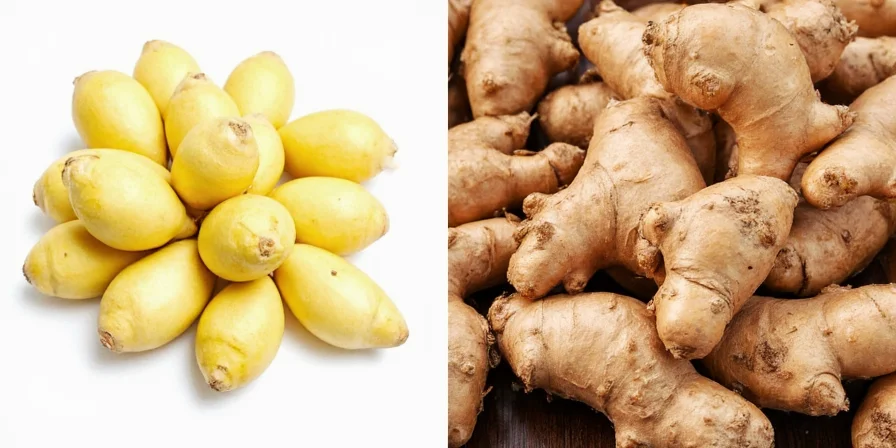
Table of Contents
- Gluten Fundamentals Demystified
- Natural vs. Processed Ginger: Critical Differences
- Ginger's Inherent Gluten-Free Nature
- Ground Ginger's Hidden Contamination Risks
- Strategic Shopping for Certified Safe Products
- 5 Essential Safety Practices for Daily Use
- Cultural Culinary Applications: Beyond Western Kitchens
- Final Verification: Ginger in Gluten-Free Diets
Gluten Fundamentals Demystified
Gluten refers specifically to protein complexes in wheat, barley, rye, and triticale—not naturally occurring in plant-based foods like ginger. Its presence in ginger products stems solely from cross-contamination during processing or additive ingredients, never from the ginger itself.
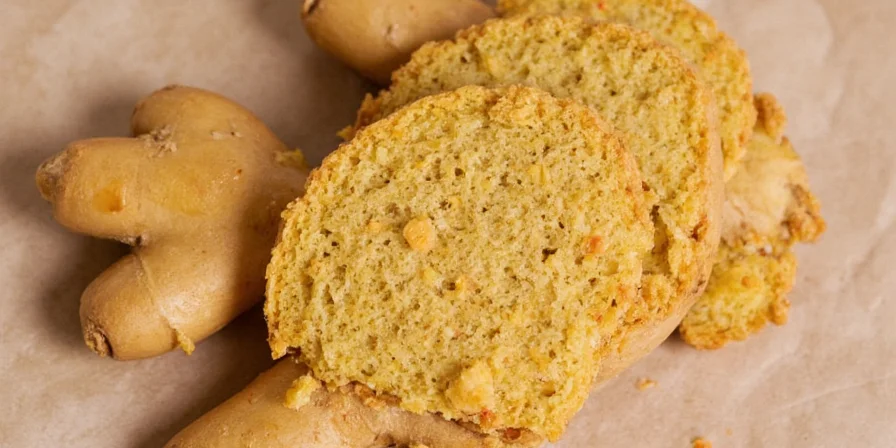
Natural vs. Processed Ginger: Critical Differences
Raw ginger root remains inherently gluten-free as harvested. Processing introduces vulnerability: drying, grinding, or flavoring may occur in facilities handling gluten grains. This distinction separates naturally safe whole ginger from potentially compromised processed derivatives.
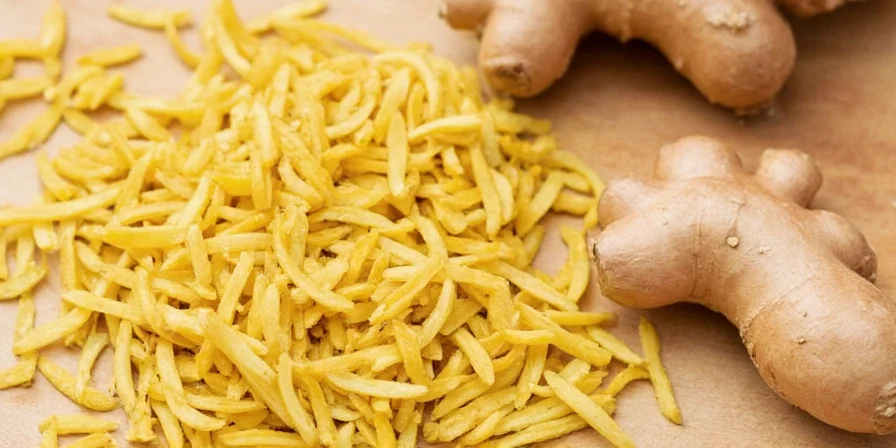
Ginger's Inherent Gluten-Free Nature
Botanically, ginger (Zingiber officinale) contains zero gluten proteins. Its rhizome structure lacks the genetic coding for gluten production. This biological certainty makes fresh ginger universally safe for gluten-free diets when properly handled.
| Ginger Product Type | Gluten-Free Verification Status |
|---|---|
| Raw Ginger Root | ✅ Guaranteed Safe (No gluten possible) |
| Dehydrated Slices | ✅ Typically Safe (Verify processing) |
| Ground Powder | ⚠️ Risk Requires Certification (Cross-contamination) |
| Commercial Ginger Ale | ⚠️ Brand-Dependent (Barley malt common) |
| Supplement Capsules | ⚠️ Mandatory Label Check (Fillers may contain gluten) |
Ground Ginger's Hidden Contamination Risks
Shared equipment in spice facilities poses the primary threat. A 2024 independent study found 22% of non-certified ground ginger samples contained gluten traces above 20ppm—the safe threshold for celiac disease. Anti-caking agents like maltodextrin (sometimes wheat-derived) further complicate safety.

Strategic Shopping for Certified Safe Products
- Seek third-party certifications (GFCO, NSF) over manufacturer claims
- Avoid bulk bins due to cross-contamination risks
- Choose brands with dedicated gluten-free facilities (e.g., Thrive Market, King Arthur)
- Request facility allergen protocols from manufacturers
- Prefer frozen grated ginger for extended shelf-stable safety
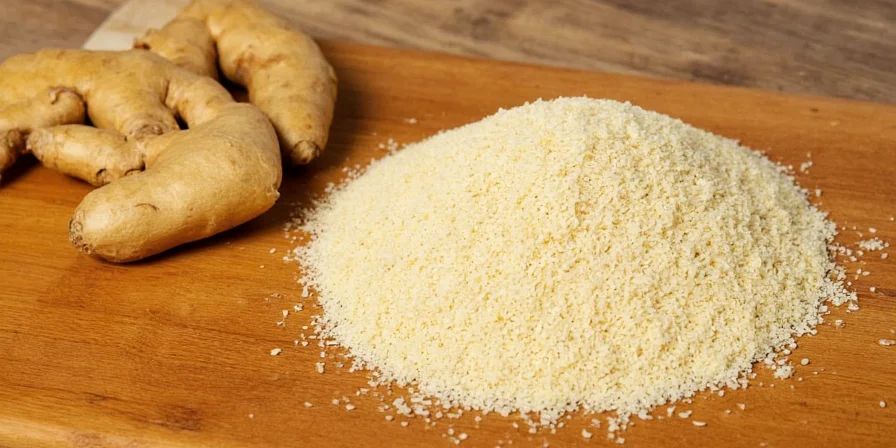
5 Essential Safety Practices for Daily Use
- Peel before use: Removes surface contaminants from handling
- Designate kitchen tools: Separate peelers/graters exclusively for gluten-free prep
- Verify all blends: Curry powders or spice mixes often contain hidden gluten
- Homemake powders: Dehydrate and grind root in dedicated home equipment
- Track reactions: Maintain food logs to identify subtle contamination sources

Cultural Culinary Applications: Beyond Western Kitchens
Traditional Asian kitchens offer naturally gluten-free ginger applications: Korean ginger-laced kimchi (using rice-based gochugaru), Indian fresh ginger in rice-based dosas, and Thai galangal-ginger broths. These cultural preparations inherently avoid gluten grains—providing historically safe templates modern consumers can replicate. Notably, Japanese sushi ginger (gari) uses rice vinegar exclusively, eliminating wheat-based vinegar risks common elsewhere.
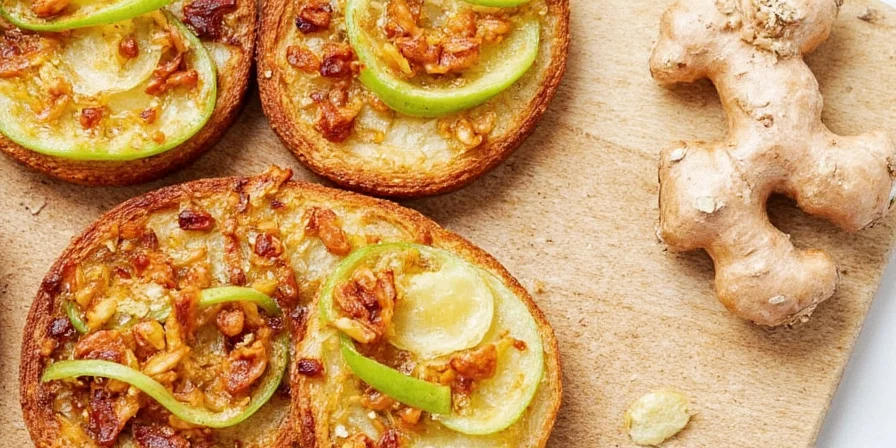
Final Verification: Ginger in Gluten-Free Diets
Raw ginger remains unequivocally gluten-free. Processed forms require verification—but this isn't ginger's limitation. It reflects industrial food system challenges. For strict gluten-free adherence: prioritize whole root, demand certified powders, and reject products with ambiguous labeling. When these protocols are followed, ginger becomes a reliably safe flavor cornerstone.












 浙公网安备
33010002000092号
浙公网安备
33010002000092号 浙B2-20120091-4
浙B2-20120091-4